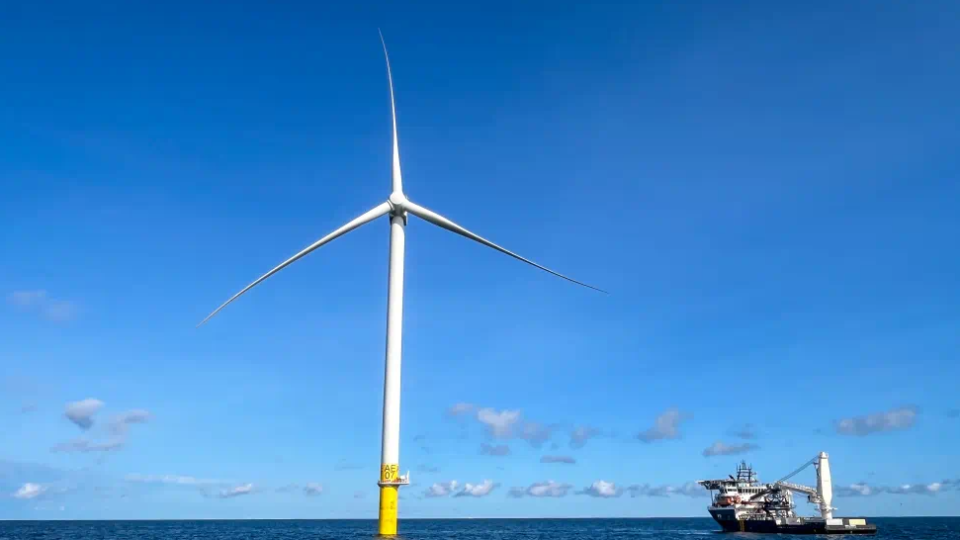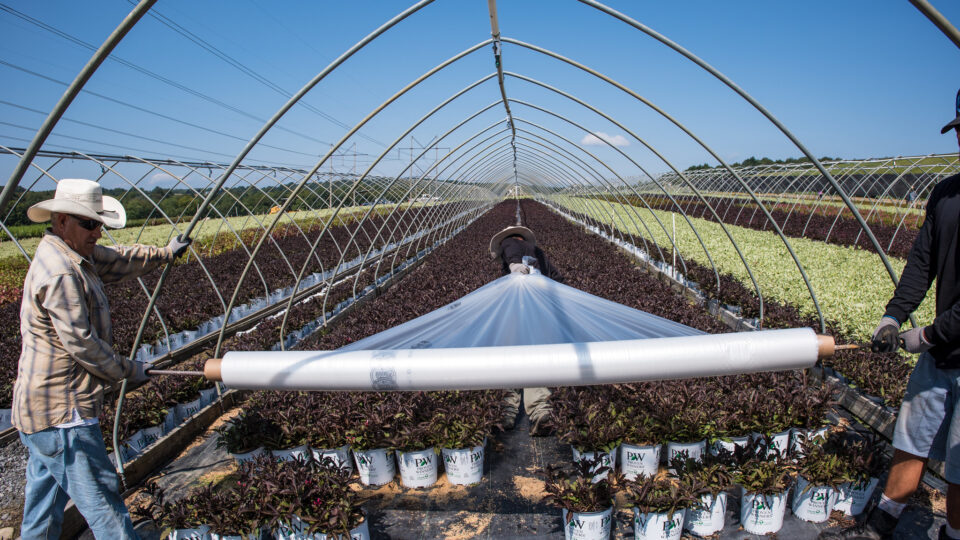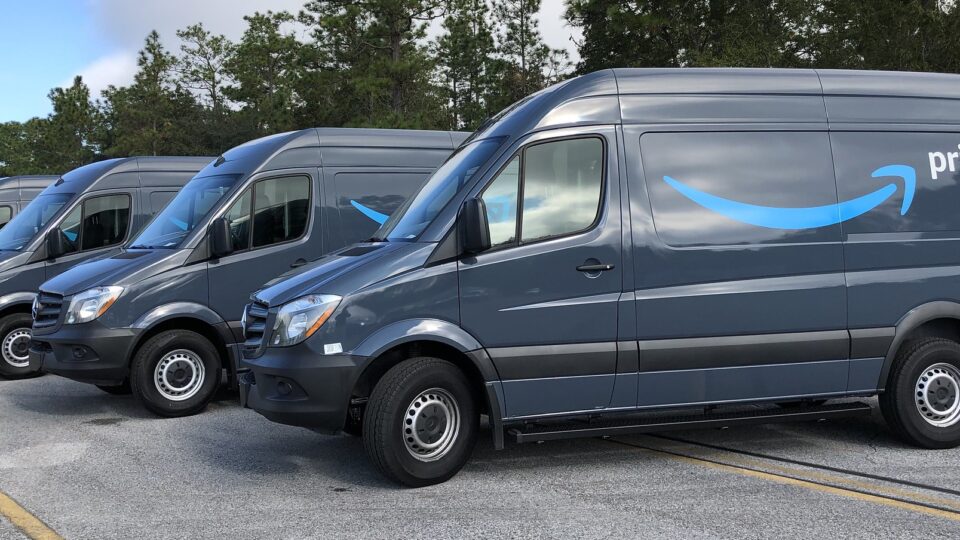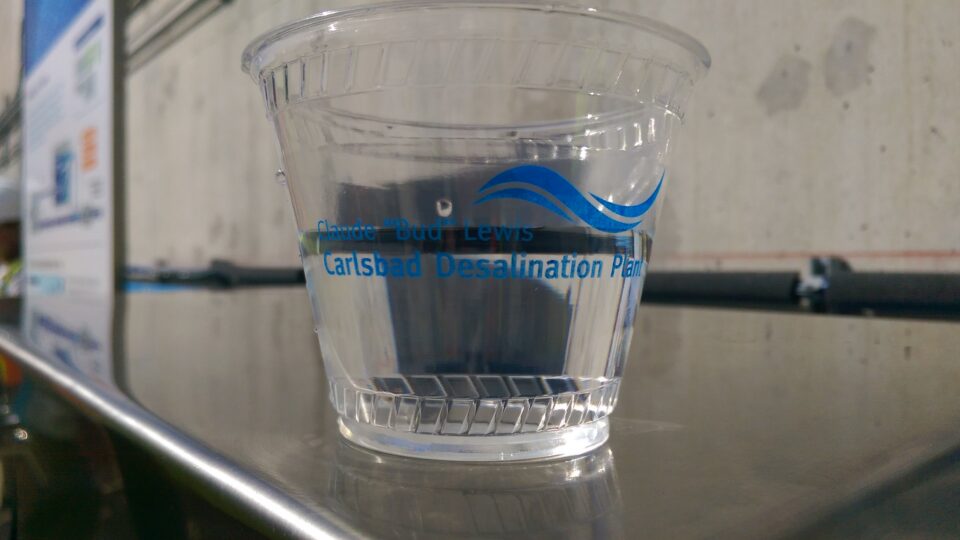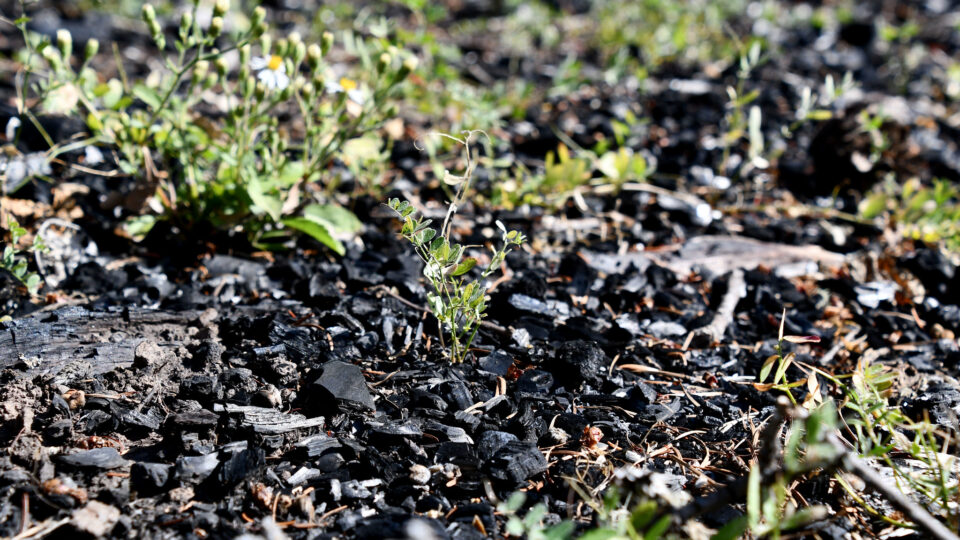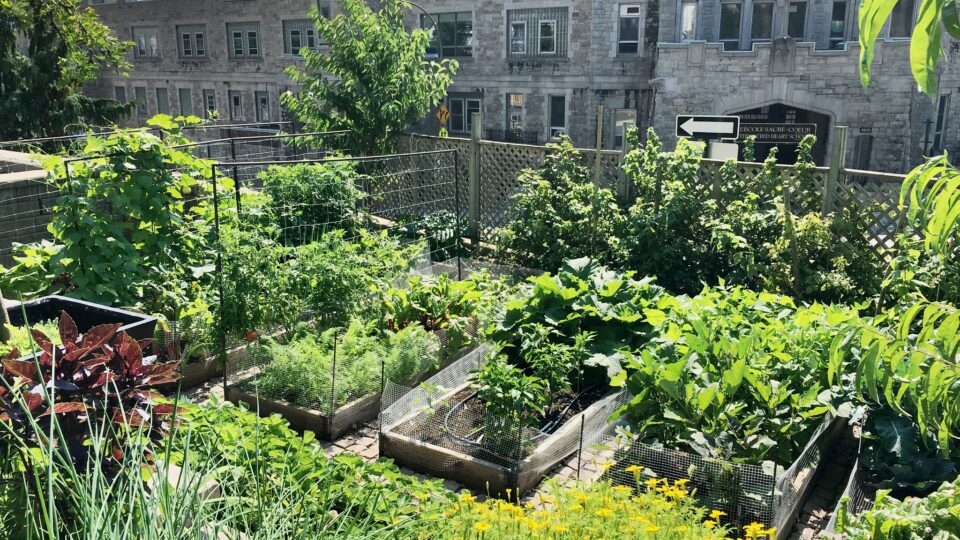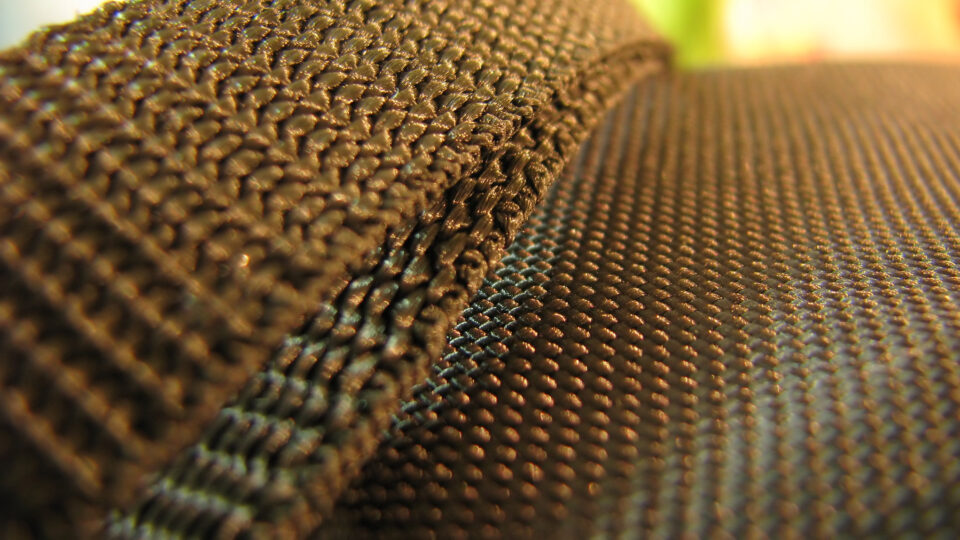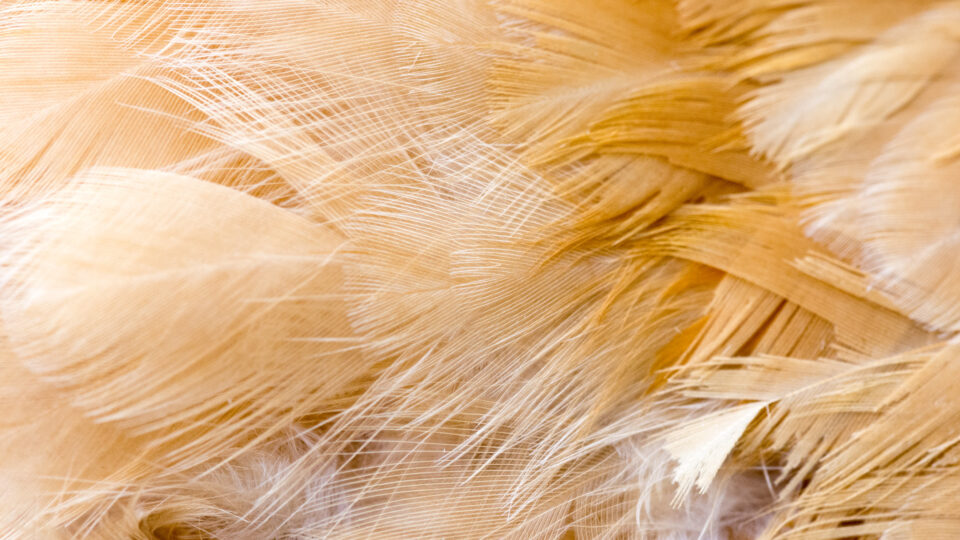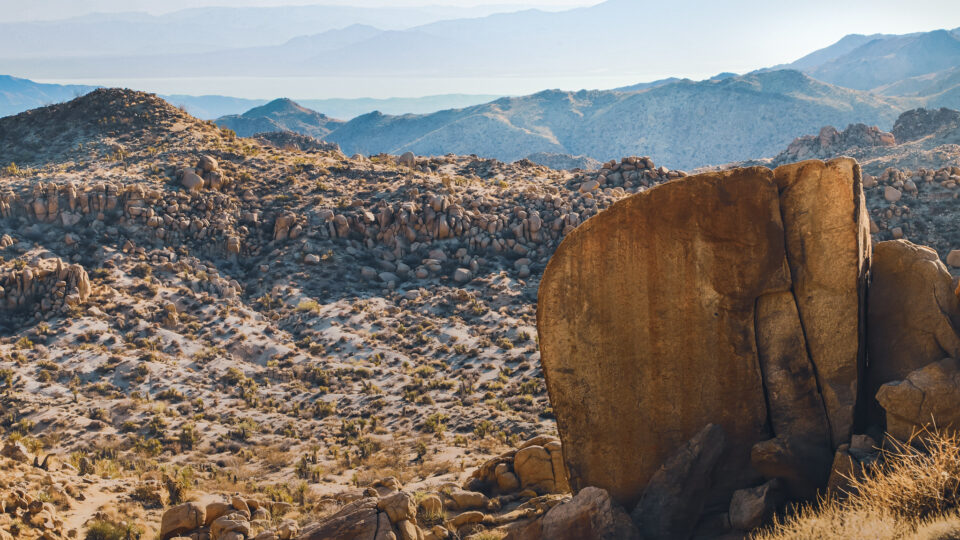Methane is a colorless and odorless gas that occurs abundantly in nature and is also a product of certain human activities. It’s a short-lived but highly potent greenhouse gas and, as a result, is a major driver of climate change. In fact, methane heats the atmosphere nearly 90 times faster than carbon dioxide over a 20-year period.
Despite a global pledge from more than 150 nations to reduce methane emissions by 30% this decade, methane emissions continue to rise. In fact, according to a new paper led by researchers from Stanford University, total annual methane emissions have increased 20% over the past two decades.
The paper, which was recently published in the journal Environmental Research Letters, found that atmospheric concentrations of methane today are more than 2.6 times higher than in pre-industrial times. In fact, atmospheric methane concentrations are currently the highest they’ve been in at least 800,000 years.
Methane emissions from coal mining, oil and gas production and use, cattle and sheep ranching, and decomposing organic waste in landfills are responsible for driving the growth. In 2020, the most recent year for which data was available, nearly 400 million tons – or about two-thirds – of global methane emissions came directly from human activities.
Methane concentrations in Earth’s atmosphere have increased at record speed over the past five years. According to the research team, only the European Union and possibly Australia seem to have decreased methane emissions from human activities over the past two decades. This trend “cannot continue if we are to maintain a habitable climate.”
**********
Web Links
Methane emissions are rising faster than ever
Photo, posted December 4, 2010, courtesy of Dani Mettler via Flickr.
Earth Wise is a production of WAMC Northeast Public Radio

